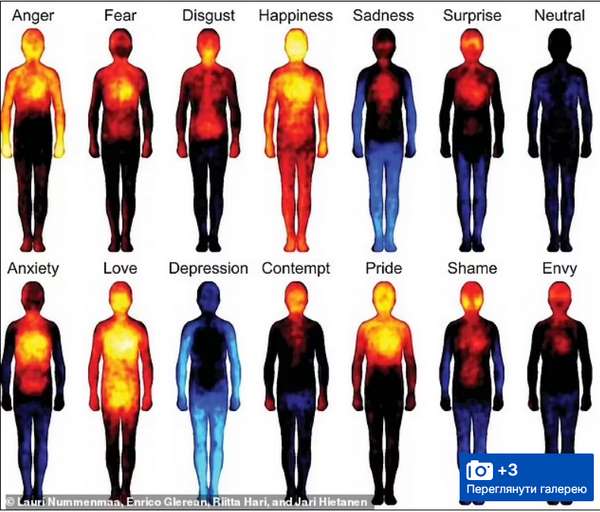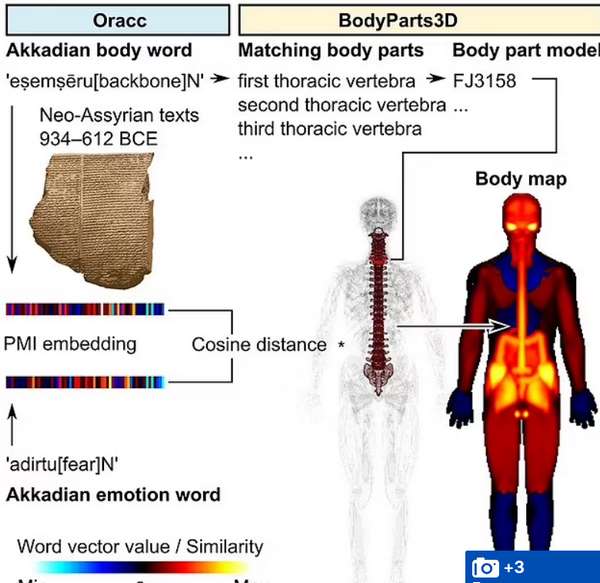The perception of emotions through bodily sensations varies among individuals, evolves over time, and is influenced by cultural differences.

A group of researchers has mapped how emotions manifest in different parts of the body, confirming a deep connection between psychological states and physiological responses. Their findings indicate that emotions such as joy and love activate most of the body, while fear is concentrated in the chest, and anger is felt in the arms and hands. In contrast, depression is associated with numbness and a decrease in bodily sensations, particularly in the limbs and head. These results provide scientific evidence of the body’s role in emotional experience.

Further studies have explored how these bodily manifestations of emotions have changed throughout history. Research comparing modern bodily maps of emotions with textual records from ancient Mesopotamian cuneiform tablets reveals significant differences in emotional localization. In Mesopotamian culture, happiness was linked to the liver, and anger was associated with the legs, whereas contemporary individuals experience these emotions mainly in the upper body. Love, once connected to the heart, liver, and knees, now activates sensations throughout the body. These shifts reflect changes in cultural and psychological interpretations of emotions over time.
The comparative study of modern and ancient emotional experiences involved the analysis of more than a million words from Akkadian texts inscribed on clay tablets. The findings suggest that while emotions have a universal physiological component, their physical expression varies according to historical and cultural context. Cognitive neuroscientist Juha Lahnakoski emphasizes: “If you compare the ancient Mesopotamian body map of happiness with modern body maps, it is largely similar, except for the noticeable glow in the liver.” This suggests that while some emotional responses remain consistent across time, others adapt to societal and cultural shifts.

Despite these variations, scientists stress that emotions remain subjective experiences that require contextual understanding, especially when analyzing historical records. The evolving perception of emotions underscores the interplay between psychology, physiology, and culture, demonstrating how the human experience continues to transform across generations.






